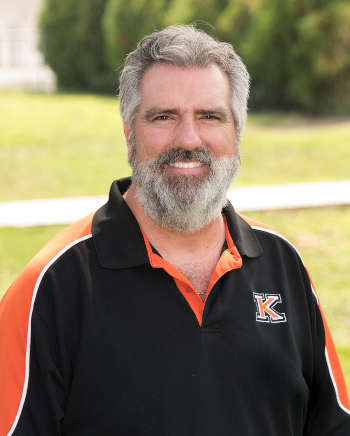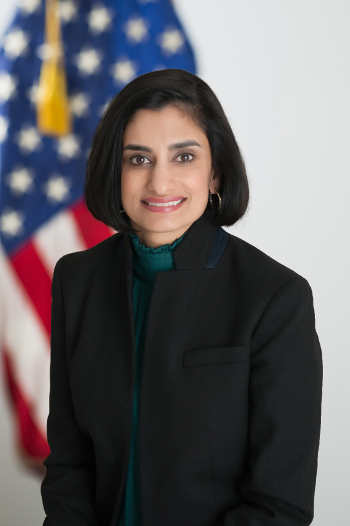- Rob Brown
- Posted On
Brown: Offering congratulations and support to Pyska
That all changed on Sept. 12 of that year when our county was thrown into a disaster like it had never seen before, and hopefully, will never see again.
After consulting with family, friends and an excellent candidate that had planned to run to replace my seat, we agreed that I would seek reelection in order to maintain some consistency in the immediate and future recovery.
We all worked hard to do the best we could, having never gone through this kind of event, at every level.
Last year, I decided once more, that I would retire from the board at the end of my term. I knew of a few candidates that might be willing to step in with new energy and ideas and I was excited about that prospect.
By then many folks had been involved in the recovery effort of this and several other disasters and the pool was full of highly qualified and motivated people that could easily take the reins.
First I would like to thank Bill Kearney for jumping into the race for no other reason than his love of Lake County. Bill could have easily chosen to enjoy his new-found retirement but he chose to be a voice for a hardworking group that shares that love of Lake County. I am grateful for people like Bill and Dana Kearney.
Most importantly I wish to congratulate and offer my support to Jessica Pyska, our newly elected District 5 supervisor.
Jessica has shown a commitment to our community that makes me proud to know her and, know that Lake County is in the very capable hands of someone that will work hard for all of the right reasons.
For those of you that supported candidate Pyska, please don’t stop there. She will need your support more than ever in the upcoming months and years.
For those of you that possibly did not show support for Supervisor-elect Pyska, I ask you to please give her the chance that she deserves in doing the job that she is about to embark upon.
She has all of the qualifications needed to represent all of us, not the least of which is that she has a good heart and she wants nothing less than the best for Lake County.
Rob Brown is the retiring District 5 supervisor for the Lake County Board of Supervisors. He lives in Kelseyville, California.









